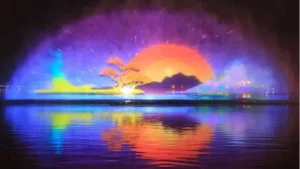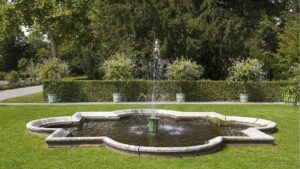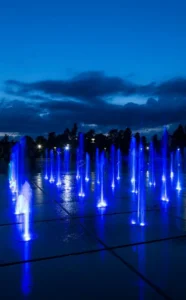- Product Knowledge
Urban Fountains: The Charm and Revitalization of Public Squares
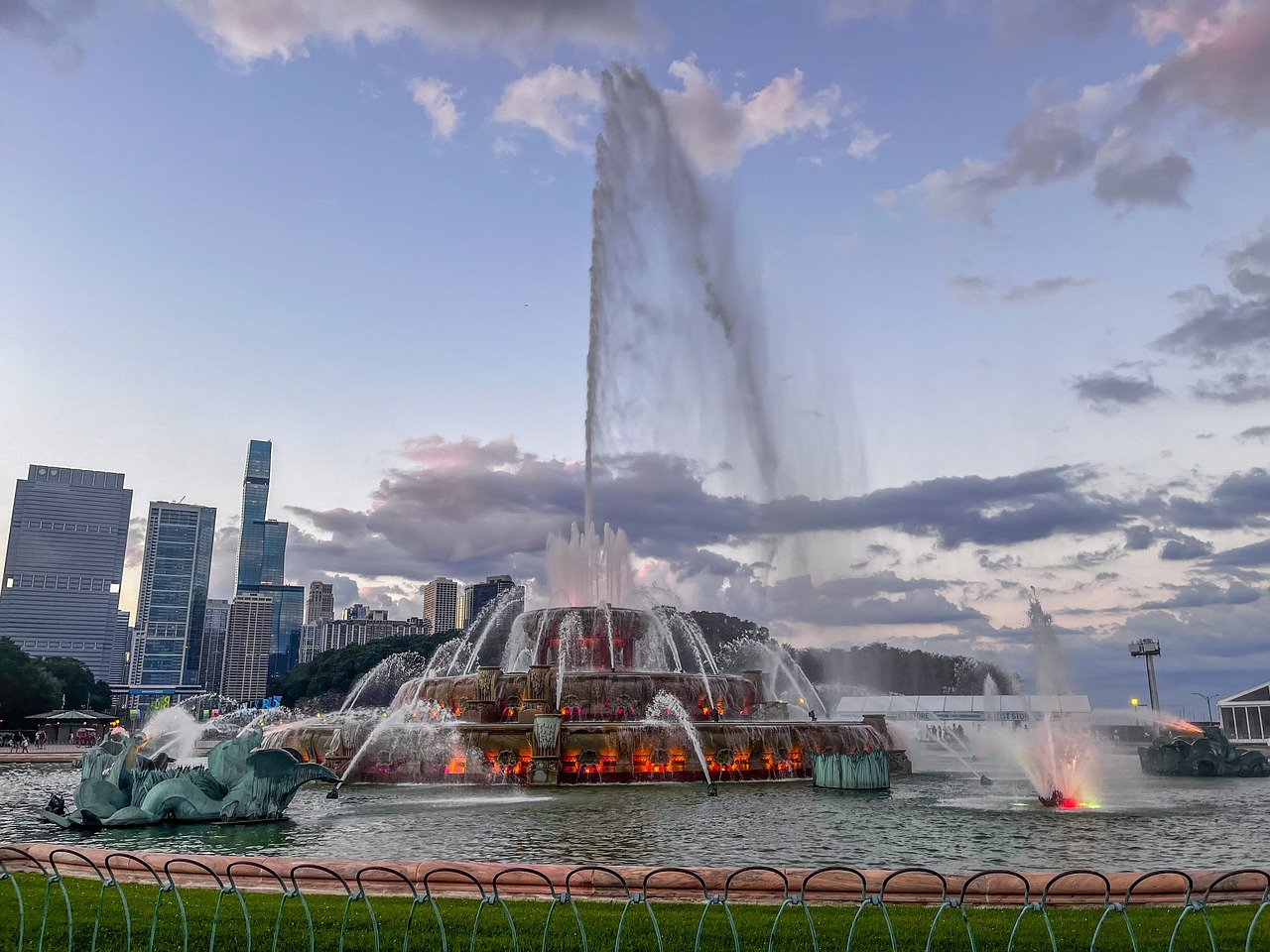
Fountains have long been central to urban architecture, playing a pivotal role in restoring the heart of communities. Their presence in public squares not only adds aesthetic appeal but also revitalizes these spaces, making them focal points for social interaction and cultural expression.
The Increasing Importance of Urban Fountains in Modern Architecture
The Allure of Water in Urban Spaces
In contemporary urban design, the significance of ornamental fountains continues to grow. As one strolls through cities or villages, the soothing sound of water is often a sign of a nearby fountain, strategically placed in central squares, roundabouts, along lakefronts, or nestled among historic street details. Few cities are without these water features, as the allure of water inevitably draws the admiration of all who encounter it.
Fountains as Urban Symbols
From artistic masterpieces to technological wonders, fountains transform urban spaces with their dynamic water displays. These fountains, in their various forms, become emblematic of the cities they inhabit, representing cultural identity and local pride.
Fountains as Social and Cultural Epicenters
The Role of Fountains in Urban Design
For centuries, fountains have been more than mere decorative elements; they have shaped the character of public squares and contributed to urban renewal. Fountains have the power to define a place, instilling a sense of identity and community. They are not just ornamental, but integral to the design and purpose of urban spaces.
Italian Squares: The Fountain as a Focal Point
When planning a public square, a fountain should be considered from the outset, as it plays a crucial role in defining the area’s function and ambiance. In many Italian squares, for example, certain elements consistently contribute to the square’s identity: an expansive open space for gathering, surrounding buildings with architectural interest, accessible pathways, and social spaces like benches and pedestrian areas. Focal points such as monuments and fountains further enhance the square’s appeal, encouraging social interaction and creating a welcoming environment.
Economic and Cultural Impact of Urban Fountains
Fountains as Tourism Magnets
Urban fountains, whether they are artisanal creations or the works of famous artists, become recognizable icons that attract tourism and stimulate local economies. Rome serves as a prime example, with its renowned fountains drawing 34 million visitors each year. The Trevi Fountain alone sees over a million euros in coins tossed annually, which are donated to charity, highlighting the fountain’s role in both cultural heritage and social good.
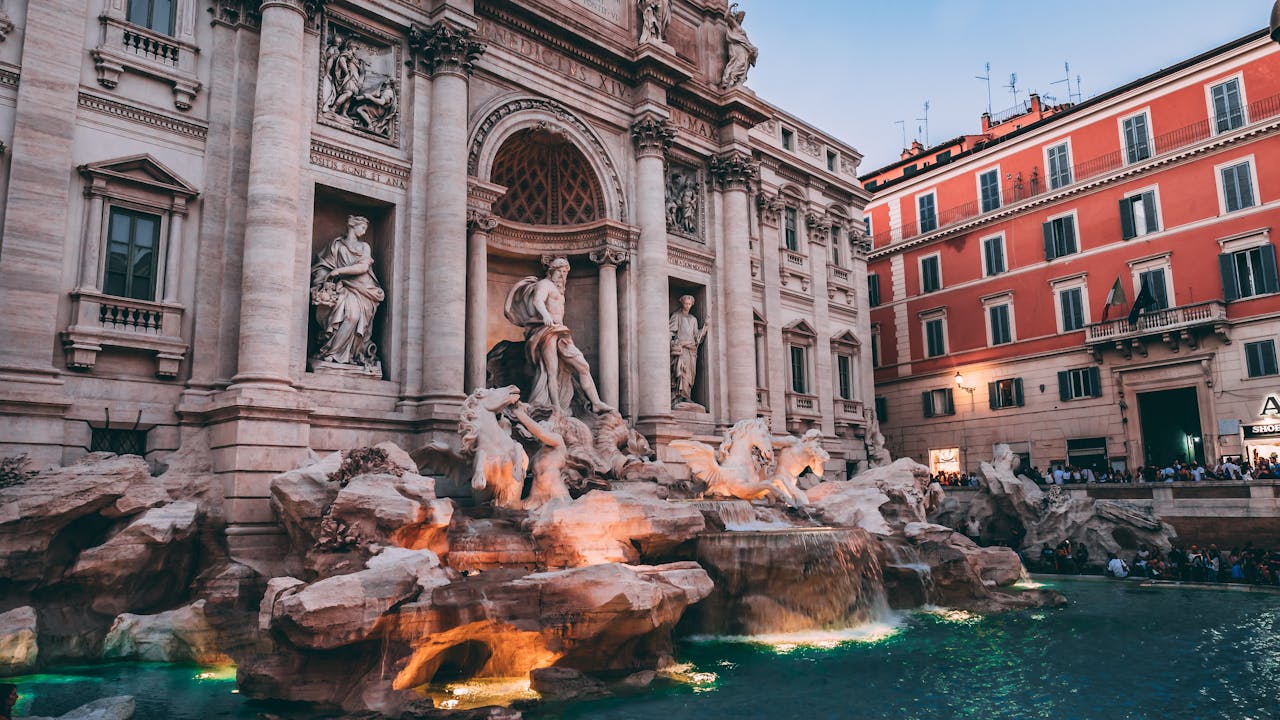
The Legacy of 20th Century Fountain Art
In the 20th century, numerous internationally acclaimed artists contributed to the creation of urban fountains, blending artistic expression with practical function. These “fountain sculptures” have become landmarks in their own right. One such example is the Picasso Fountain in Céret, a small town in southern France, where the fountain serves as both a public art piece and a tribute to the artist. The interaction between the water and sculpture makes it a focal point in the square, drawing visitors and art enthusiasts alike.
Another iconic example is the Stravinsky Fountain in Paris, located in Igor Stravinsky Square. Created by Jean Tinguely and Niki de Saint Phalle in 1983, this kinetic art installation celebrates the composer’s music with 16 mechanical sculptures that move and interact with water. This playful and imaginative display has become a beloved symbol of Parisian art, attracting visitors with its lively homage to Stravinsky’s work.
Fountains as Modern-Day Gatherings and Play Spaces
Interactive and Recreational Aspects of Fountains
Whether designed for interaction or as intimate retreats, fountains serve as magnets for people of all ages. They provide a cool respite during the summer months and a place for children to play, while the sound of water entices passersby to pause and enjoy the moment. The movement of water rekindles a sense of wonder, encouraging emotional engagement with the space.
Reviving the Square as a Social Hub
In the collective imagination, the square is a constructed landscape where space defines the built environment and vice versa. While the square was once the true social hub of the city, it has in some cases been overshadowed by streets as the primary venue for urban socialization. Social media, acting as a virtual square, has further shifted the dynamic, with many young people preferring online interactions within the confines of their rooms. However, contemporary urban planning aims to bring people back to these physical spaces, particularly the youth, by reviving the square as a vibrant center of community life.
The Symbolic and Practical Role of Fountains in Urban Regeneration
In conclusion, just as water is often associated with life and renewal, fountains symbolize the rebirth and vitality of urban spaces. Fountains can serve as a city’s calling card, a tourist attraction, and a spectacle all in one. With a wide variety of designs available, fountains can be tailored to suit the specific needs and style of any urban context, making them powerful tools for promoting and revitalizing cities.

